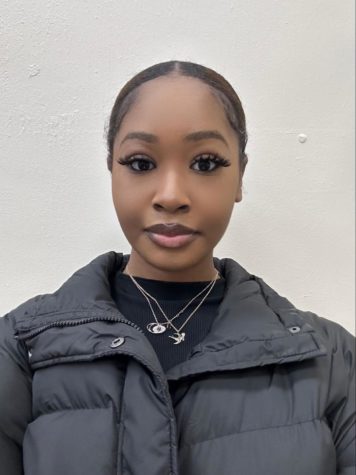Do I Look Successful Enough?
When it comes to dress codes, we are often told that they exist for our own safety. Although that might have some truth to it, why are certain racist and sexist policies still enforced then? The dress code is a controversial topic that comes with negative backlash but is a recurrent issue. This one set of rules often alienates students in order for them to fit into certain standards. In school, we are told to “dress for success,” but everyone has their own perspective on what success is. Black and Hispanic communities are some of the most underrepresented groups that do not have access to resources that are needed to be deemed “successful.” At school, we are told that dressing for success promotes professionalism and prepares us for the workforce. This expectation is rooted in white standards and assumes that all students strive for the same type of “success,” academically, professionally, and socially.
Due to societal standards, we are taught that how we dress defines who we are. This is never the case. This one idea causes us to constantly worry about how we are seen rather than becoming the person we want to be.
Dress codes often send a message that female bodies need to be covered or hidden. It enforces sexism starting from a young age. Feminine clothes are labeled as sexually distracting, but this feeds into the normalization of the male gaze.
The DMAE dress code does not directly use words like “distracting,” but the very first sentence is directed towards the student female body. The clothing items listed are popular, trending items worn mostly by girls. The issue is that the administration picks and chooses who to dress code and who not to. We all have completely different bodies, so the same top on me would look completely different on another girl. Regardless of the top, I would be the only one to get dress-coded due to how my body looks. So the problem is not really my outfit; it is my body.
Other items that are not allowed are “wave caps, do-rags, headbands, and scarves that cover the head fully.” In Black culture, do-rags and scarves not only protect our hair but also hold value. For decades, do-rags and scarves were integral to the African American community. When wearing our natural hair was illegal, do-rags and scarves served to remind us of our identity. They represented pride in natural hair even before hashtags and movements existed. Through the BLM movement, do-rags and scarves were used to embrace a symbol of divinity and diaspora. These are markers of identity and existence and a tribute to a Black tradition that should not be prohibited in schools, but instead celebrated.
Although I understand that there is a time and place for how we should dress the ways we want, the dress code still has a double standard that further divides the student body instead of uniting it.

Hello! I’m Samma Faragalla, a senior in the Law and Public Safety Academy. I have been a reporter for Maroon Tribune for 3 years, mostly writing club...


